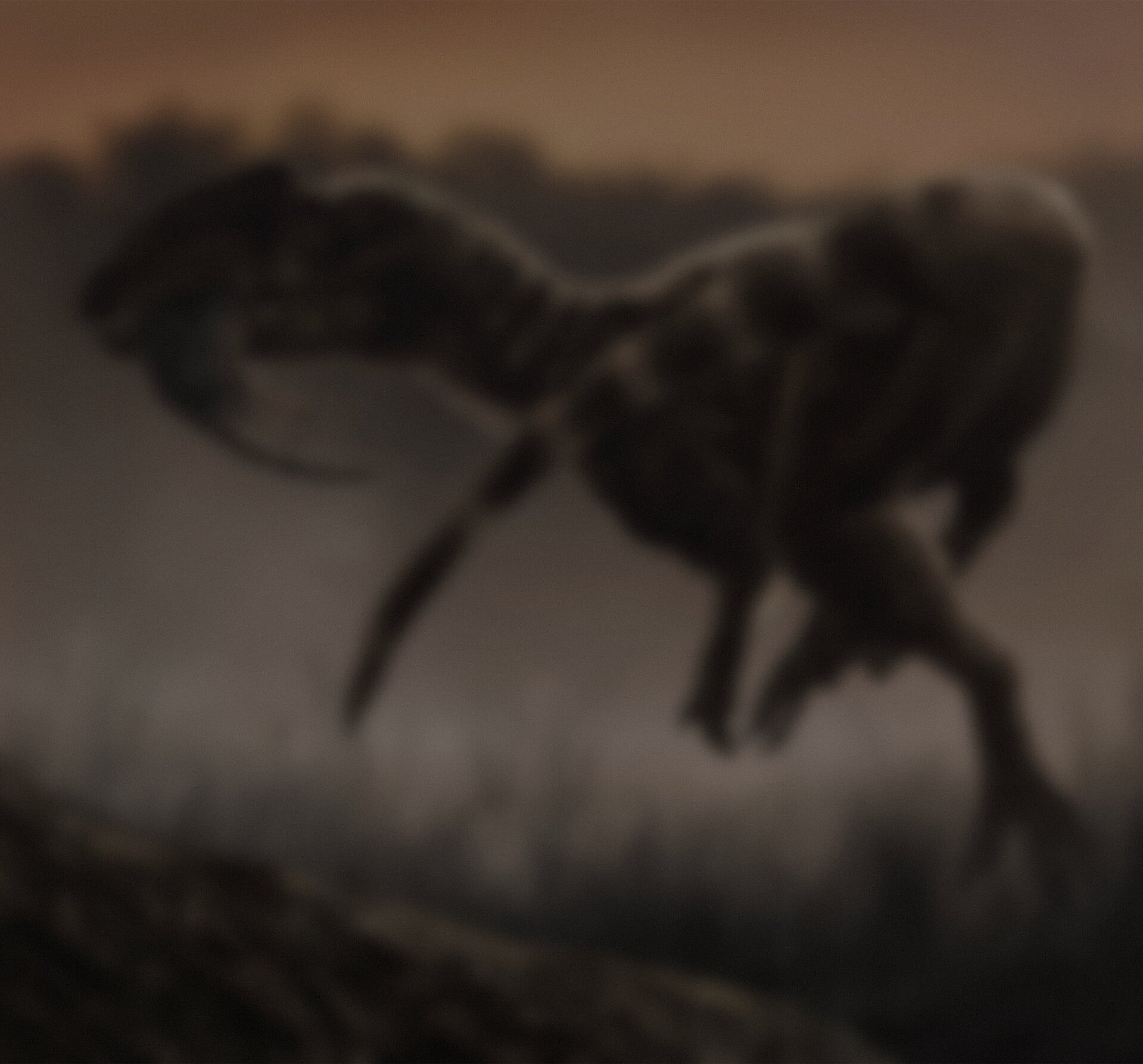
The Dragon of Billesholm
description of the work and the discovery


During the recent renovation of the paleontology exhibition at Malmö Museer, I had the immense honor and privilege of contributing to a section dedicated to one of the most spectacular and enigmatic paleontological discoveries from the region of Skåne – the so-called Dragon of Billesholm (Draken från Billesholm).

This extraordinary find is linked to a massive, carnivorous dinosaur that left behind a series of fossilized footprints—some measuring over 70 centimeters wide. These tracks were discovered in rock layers near the site of a former coal mine in Billesholm, southern Sweden, and they represent some of the largest dinosaur tracks ever recorded in the country.
Analysis of the footprints suggests they were made by a very large theropod—a type of bipedal, meat-eating dinosaur—previously unknown from the Swedish fossil record. Due to the recent nature of the discovery and the ongoing taxonomic research, the animal has not yet received a formal scientific name. For now, the scientific community refers to it by a working title: "The Dragon of Billesholm" – a name as evocative as it is mysterious, hinting at the prehistoric beast’s size and power.
As part of the exhibition, I had the opportunity to create a speculative reconstruction of what this dinosaur might have looked like in life.
My illustration was based on a combination of trace fossil data, comparative anatomy from related species, and paleoenvironmental interpretations. The artwork was created digitally using Procreate, over the course of several intensive sessions spanning just a few days.
Despite the tight schedule, I aimed to convey not only the animal’s possible appearance but also the atmosphere of its ancient environment—one that would have existed millions of years ago in what is now southern Sweden.
This illustration represents a significant personal milestone, as it is my first artwork ever displayed in a museum.
Having my work included in a public scientific exhibition marks a meaningful step forward in both my artistic journey and my involvement in paleontological communication.
It’s an experience I will carry with pride and gratitude.

This project would not have been possible without the collaboration and trust of Grzegorz Niedźwiedzki, to whom I extend my deepest thanks for his guidance, encouragement, and for inviting me to be part of this remarkable initiative.
It is truly a privilege to help tell the story of Sweden’s deep past—and to bring a forgotten giant back to life for modern audiences.
